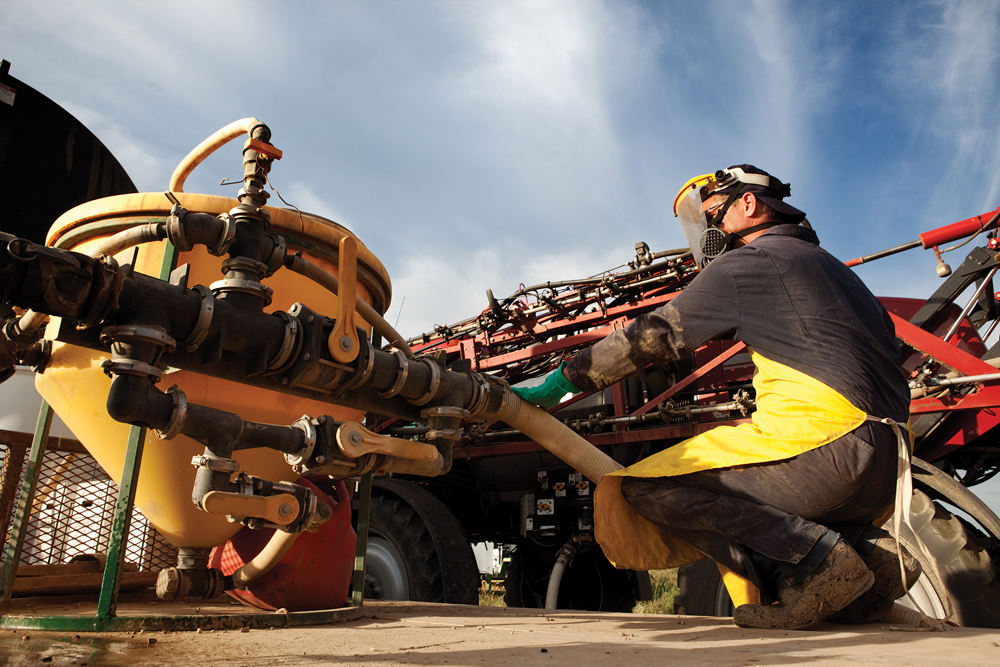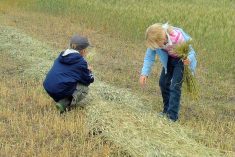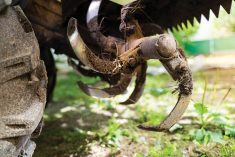Working day in and day out, it’s easy to go into autopilot. We all do it. However, it can lead to unwanted consequences in a hazardous environment. Documenting the potential hazards on your farm, being aware of the risks, and putting controls in place can go a long way in protecting yourself, your workers and visitors.
The Canadian Agricultural Safety Association has developed a Hazard Assessment Tool that guides farmers in cataloguing potential risks on their properties. Throughout this process, we distinguish between hazardous conditions and hazardous acts. A hazardous condition is a hazard that can be observed, like an icy walkway. A hazardous act is a hazard that is created by a person or thing, such as rain or spraying water onto a walkway in freezing temperatures. Hazardous acts often result in hazardous conditions.
Read Also

Cancer agency reclassifies another herbicide ‘probably carcinogenic’
The WHO’s cancer research agency has now put atrazine, a herbicide well known to corn growers, in the same potential-hazard category where the agency put glyphosate.
We also found it important to categorize the various sources of risk. There are a number of risks that aren’t commonly considered, so reviewing the categories can help ensure a thorough risk assessment. The risk categories outlined in the tool include:
- Biological: bacteria, viruses, insects, plants, birds, animals and humans, etc.
- Chemical: depends on the physical, chemical and toxic properties of the chemical
- Ergonomic: repetitive movements, improper setup of workstation, etc.
- Physical: radiation, magnetic fields, pressure extremes (high pressure or vacuum), noise, etc.
- Psychosocial: stress, violence, harassment, time constraints, etc.
- Safety: slipping/tripping hazards, inappropriate machine guarding, equipment malfunctions or breakdowns
The Hazard Assessment Tool will also prompt you to rank the likelihood of an incident to occur — from extremely remote to imminent — and the severity if it did happen, from serious injury or fatal to no injury. Once the hazard has been ranked, you will want to identify how to control it. This is done using what is called the “hierarchy of controls.” The priority of this process is as follows:
1. Eliminating the hazard
2. Substitution
3. Isolating the hazard from the worker (or vice versa)
4. Controlling the hazard through administrative controls such as job rotation, shiftwork, training or procedures
5. Using personal protective equipment (PPE) to protect the worker
Hazard assessment is an important part of keeping your farm, your workers and visitors safe. All hazard assessments should be documented for due diligence purposes. Our Hazard Assessment Tool can be found at agsafetyweek.ca under resources.















